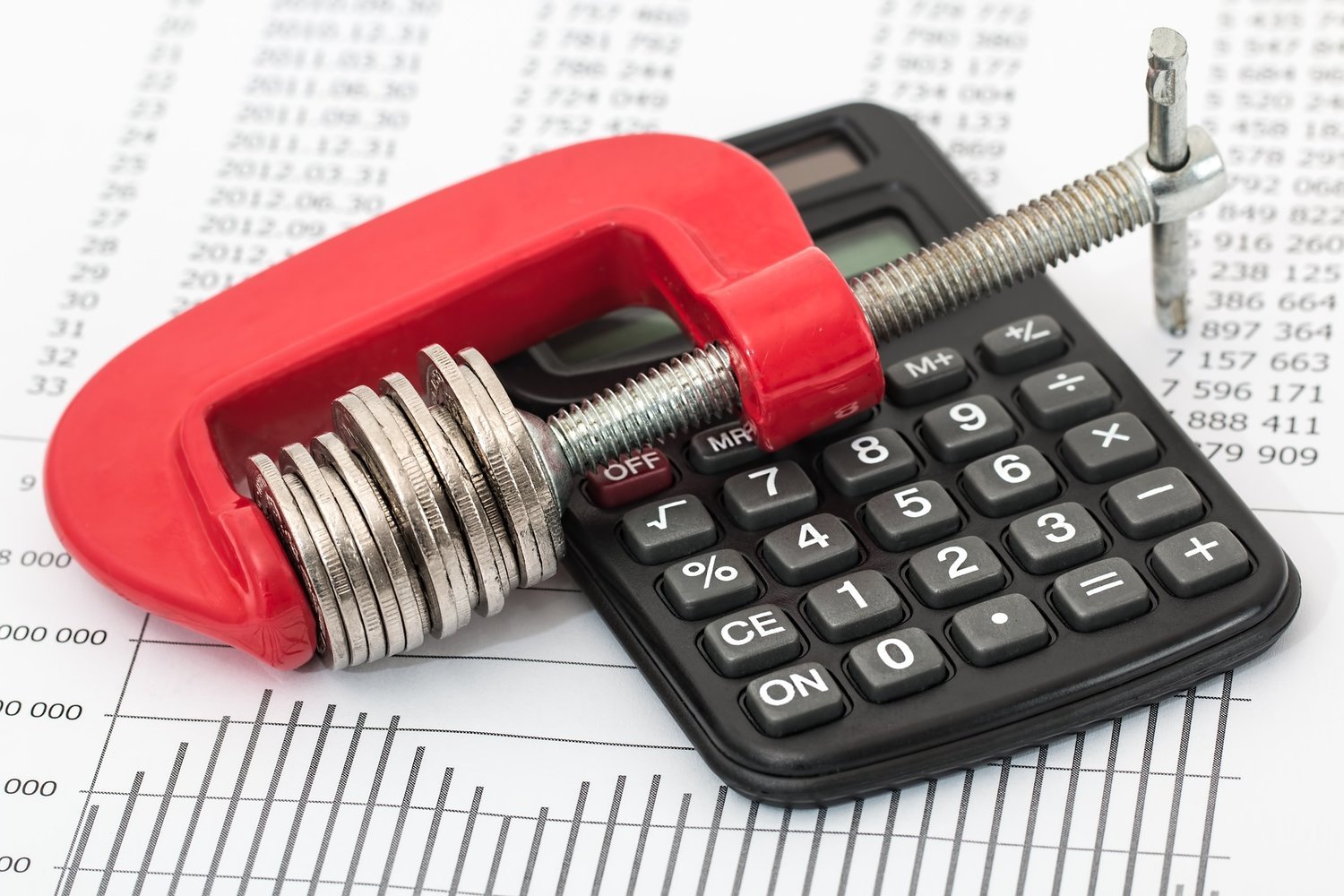- Joined
- Feb 27, 2015
- Messages
- 2,265
- Reaction score
- 4,276
I got reamed on morning handover today.
55F binge EtOH on HCTZ brought in by family with worsening confusion and nausea. Na 106 (and K 2.3 with ECG changes). Transferred to our ED, and by the time I see her, she's gotten 100mls 3%, 2L N/S and a bunch of K. Her serum sodium is 118 at 9 hours. Symptoms had long since resolved. Urine output is starting to pick up over 400 mls in 30 minutes. 2mcgs DDAVP and admit.
Morning rolls around, Na stable at around 115 and K replaced to 3.5 by titrating sterile water. ECG changes gone. Patient is lethargic but no nausea or headache. Seems like a safe correction. 9 at 24.
But then on handover, the attending keeps shaking his head and says he can't understand why I gave DDAVP. "That doesn't make any sense, just run some slow saline next time." I literally don't understand how that would have helped -- the lady seemed like she was going to correct very, very quickly with more solute.
What did I do wrong? What would you have done? I felt pretty dejected on my way home.
How do you manage severe hyponatremia? DDAVP up-front or do you wait?
55F binge EtOH on HCTZ brought in by family with worsening confusion and nausea. Na 106 (and K 2.3 with ECG changes). Transferred to our ED, and by the time I see her, she's gotten 100mls 3%, 2L N/S and a bunch of K. Her serum sodium is 118 at 9 hours. Symptoms had long since resolved. Urine output is starting to pick up over 400 mls in 30 minutes. 2mcgs DDAVP and admit.
Morning rolls around, Na stable at around 115 and K replaced to 3.5 by titrating sterile water. ECG changes gone. Patient is lethargic but no nausea or headache. Seems like a safe correction. 9 at 24.
But then on handover, the attending keeps shaking his head and says he can't understand why I gave DDAVP. "That doesn't make any sense, just run some slow saline next time." I literally don't understand how that would have helped -- the lady seemed like she was going to correct very, very quickly with more solute.
What did I do wrong? What would you have done? I felt pretty dejected on my way home.
How do you manage severe hyponatremia? DDAVP up-front or do you wait?

